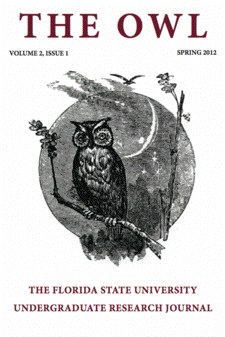Filter Membrane Selection Study for Nanotube Bucky-Paper Fabrication
Abstract
Carbon nanotubes are a novel material with valuable properties including high electrical and thermal conductivity and high mechanical strength. To effectively facilitate large scale application of nanotubes, a sheet-like grouping of entangled carbon nanotubes known as buckypaper is produced. Buckypaper is made through a filtration process, where carbon nanotubes dispersed in solution are filtered on a microporous membrane material. The objective of this research is to identify the optimal membrane material based on filtration parameters and buckypaper quality. Nylon membranes are widely used, but have problems including lack of reusability and difficulty with buckypaper removal. A
variety of membrane materials were tested and polycarbonate membranes showed the most promise, becoming the focal point of the study. The polycarbonate membranes have fewer entanglements with the buckypaper, leading to reduced peeling difficulty and potential reusability. Scanning electron
microscopy imaging and analysis was very useful to understanding processing-structure-property relationships. Existing filtration models were extended to CNT filtration, revealing mechanisms for difficulties associated with buckypaper removal. As a result of using the polycarbonate membranes, a wet peeling technique was developed which could increase densification of nanotube networks, leading to increased buckypaper properties.
Downloads
Published
Issue
Section
License
All works published in The Owl are published under a Creative Commons Attribution, Non-Commercial, Share-Alike (CC-BY-NC-SA) license. The author retains copyright.

